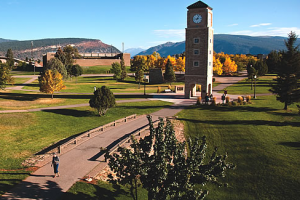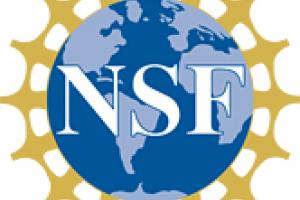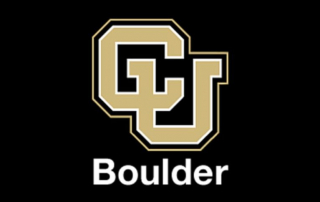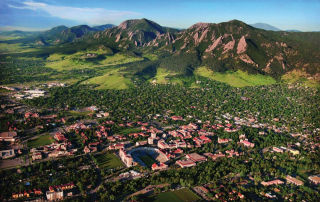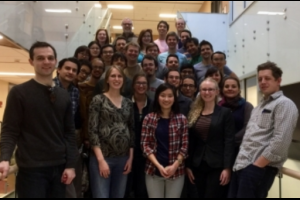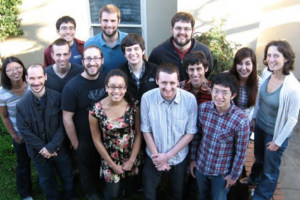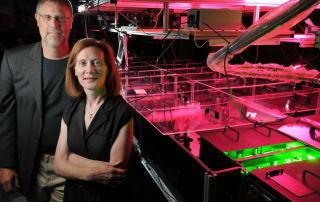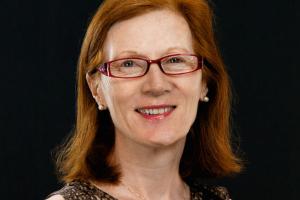Fort Lewis College joins prestigious group in grant
Fort Lewis College will be swimming in the big leagues with its share of a new five-year $94-million grant from the National Science Foundation intended to prepare students for careers in the sciences after graduation.
